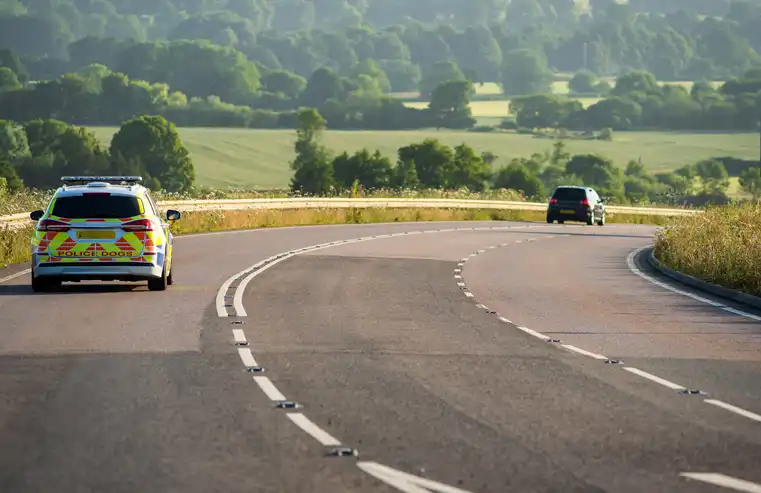- Conveyancing
- Family Law & Divorce
- Wills, Probate & Trusts
-
- Wills, Probate & Trusts
- Will Writing
- Probate
- Trusts
- Powers of Attorney
-
 Wills from £204
Wills from £204
-
 Probate
Probate
-
- Criminal & Motoring
-
- Criminal & Motoring
- Criminal Defence
- Motoring Offences
-
 Motoring Offences
Motoring Offences
-
 Criminal Defence
Criminal Defence
-
- All Personal Services
- Business Services
Understanding the Conveyancing Process: A Step-by-Step Guide
Buying or selling a property can be an exciting, yet overwhelming experience. One of the most important aspects of the process is conveyancing - the legal transfer of ownership from one person to another. It involves a number of complex legal procedures, which is why it's important to work with an experienced conveyancing solicitor. In this article, we'll provide a step-by-step guide to help you understand the conveyancing process.












